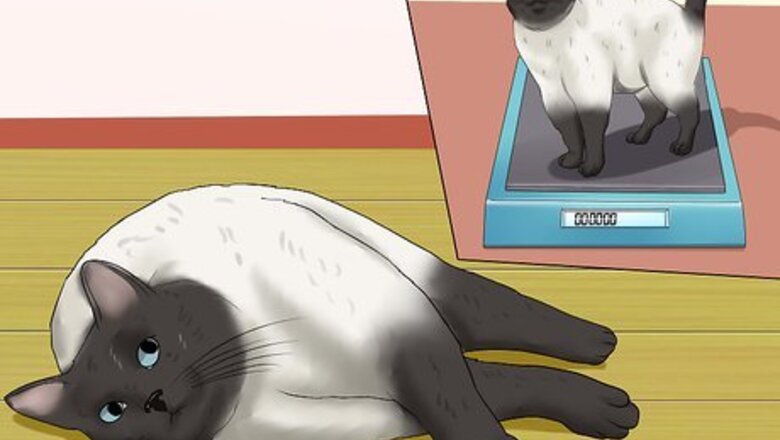
views
Preventing Urinary Tract Infections in Cats

Keep your cat at a healthy weight. Obese cats tend to have more problems than normal weight cats. Use the Body Condition Scoring system to determine if your cat is a healthy size. These charts rank your cat on a scale of 1 to 9, to determine if your cat is overweight, underweight, or at the ideal weight. The scale considers: how easy it is to feel the ribs how obvious the waist and abdominal tuck are how much excess fat is below the skin how much muscle mass is present
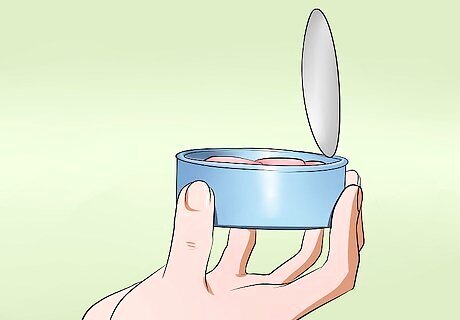
Give your cat canned cat food. Canned cat food more closely resembles the natural diet (rodents, birds) of cats and has more protein and moisture than dry food. If your cat is hooked on dry food, consider gradually adding small amounts of canned food and see if you can get your cat to transition to all or mostly all canned diet. If canned food just will not go over with your cat, try offering small amounts of cooked beef or chicken in the form of muscle or organ meat to entice them. Do not supplement a commercial diet with medicines that promote urinary acidity. Too much of a “good thing” will cause an imbalance, leading to new problems. Talk to your vet before giving your cat any urinary medications.

Be sure your cat always has fresh, clean water. Water is key to a happy urinary tract. Keeping the urine at the proper pH will help prevent crystal and stone formation in the urine. By feeding a balanced diet with plenty of water, the crystals are flushed out of the bladder. This prevents urinary problems. Some cats will drink more water if it's flowing, so providing a kitty water fountain may help them consume more water than if it is just in a bowl. If your cat uses a bowl, be sure to clean it regularly. Have multiple places for your cat to drink. If you have more than one cat, sometimes dominance over certain food and water dishes is an issue.
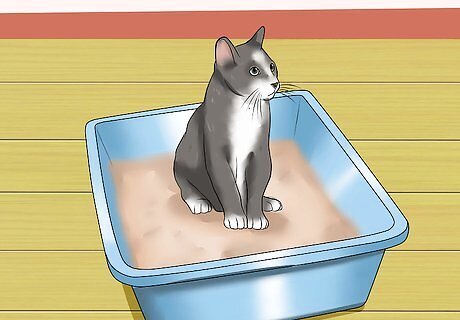
Provide enough litter boxes for your cat or cats. The rule is to have 1 more litter box than the number of cats in your home when practical. So if you have 2 cats, you should have 3 litter boxes. Check litter boxes frequently and remove waste as soon as you see it. Wash the litter boxes with soap and water every time you change the litter. Do not use bleach, as the residual odor may repel and discourage your cat from using the box.
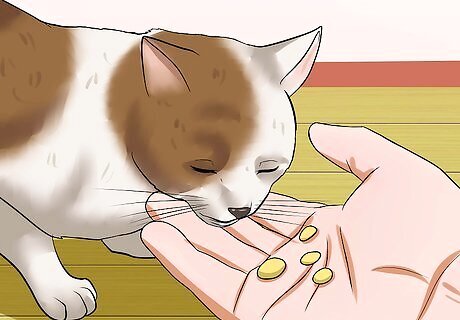
Minimize stress to your cat. Some cats are just more nervous and worked up than other, more mellow cats. Anxiety does seem to play a part in urinary issues with cats, so try to keep changes in your cat's routine to a minimum. Try to feed her at the same time everyday. Be aware that a change in the weather or a move to a new home could trigger a problem with a cat's urinary tract.
Observing and Treating Urinary Tract Infections in Cats
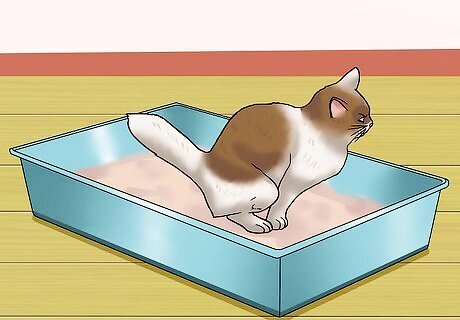
Watch for symptoms of urinary tract infections in cats. Pay attention to your cat and note if you see any of the following: Straining to urinate Yowling, or making other sounds, while urinating Urinating only small amounts of urine at a time, or none at all Frequent trips to the litter box Blood in the urine Urinating outside the litter box Changes in water consumption, often an increase Licking the genital area
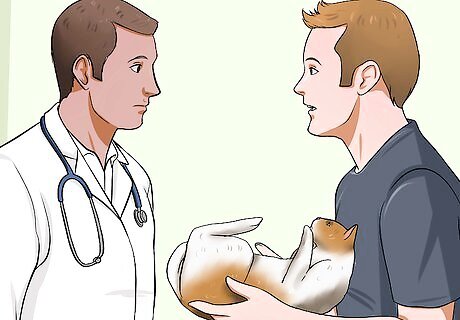
Know when to take your cat to the veterinarian. Take your cat to the veterinarian immediately if you see blood in your cat's urine or if the cat cannot urinate at all. Male cats are more likely to become blocked with sediment from crystals or stones in their urethras, usually caused by inflammation. This will ultimately result in a painful shut down of the kidneys and eventual death. Take your cat to the vet as soon as you notice these urine problems.
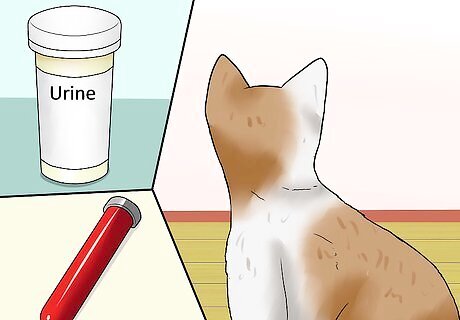
Understand the tests your vet may perform. When you take your cat to the veterinarian to diagnose the urinary problem, she will do tests to determine the exact problem and how to treat it. These tests may include: a urinalysis to determine pH concentration and the presence of bacteria or crystals a urine culture to determine if there is an infection, what kind of bacteria are present, and which antibiotics will kill those bacteria blood work to determine kidney health x-rays to look for stones in the bladder and the size and shape of the bladder and kidneys an ultrasound to look into the bladder for tumors and evaluate the bladder wall (the inside of the kidneys and the ureters)

Realize your cat may need to be hospitalized. Hospitalization may ensure that your cat gets the care and treatment she needs. This might include an intravenous catheter to give the cat fluids, placing a urinary catheter in the urethra to help clear a blockage, or antibiotics to treat a urinary tract infection. Your cat will most likely need to stay in the hospital for a few days. Male cats that have experienced one episode of complete or partial urinary blockage are likely to have problems again. If this is the case, you really need to follow your veterinarian’s advice and maintain a proper diet, household regimen and regular medical care.
















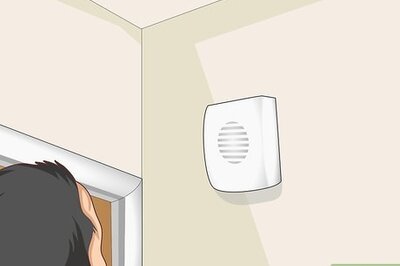


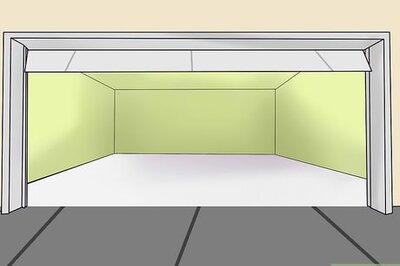
Comments
0 comment